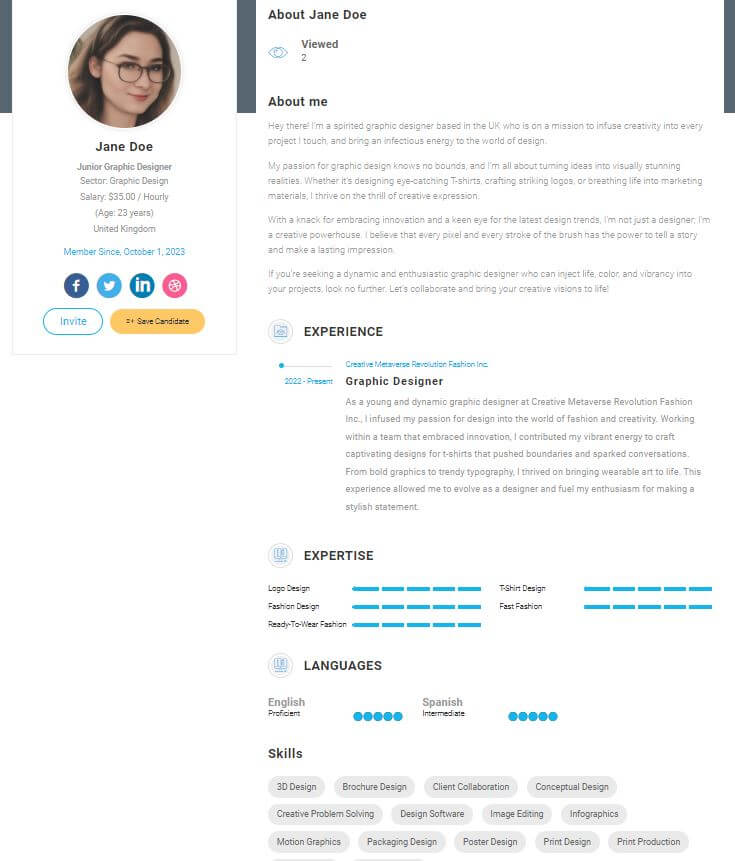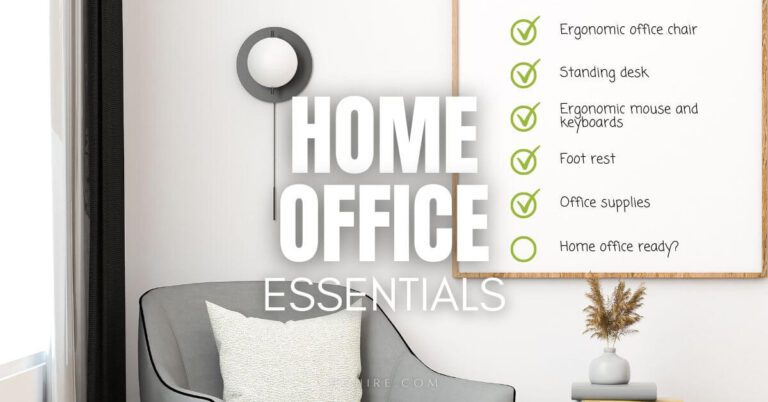“Are you working in a hostile work environment where you are surrounded by toxic coworkers that created a toxic culture in the workplace?”
Today, 79.3 million U.S. workers are affected by toxic workplaces culture and 13% of these American workers reported weekly exposure to workplace abuse.
- 6.0% are physical violence at the workplace.
- 41.4% are non-physical form of bullying at work.
Importance of Handling a Toxic Work Environment
A toxic work environment can lead to increase in absentees, high turnover rates and decrease in productivity in the organization. Impact of the negative work environment can go outside of work affecting your own personal life.
57% of people report leaving work feeling exhausted, and toxic coworkers and sometime it is the toxic boss that is the source of that stress.
Workplace toxicity is a mental torture that causes anxiety, depression, substance abuse, and other health issues.
If you are in a toxic work environment, it is a red flag, and it might be sign for you to quit your job.
How To Deal With a Toxic Work Environment
If you’re in a toxic work environment, it is usually due to bad leadership that leads to poor communication between colleagues, a culture of cliques, exclusion, and gossipy behavior.
You’ll find yourself always asking questions like:
- “Should I quit my job?“
- “Why can’t I take my mind off work?”
- “Going to work feels like a battle”
While the best way is to either fix a toxic work environment or get a new job, both will take time, where you will need to first know how to surviving a toxic workplace.
1. Leave your work stress at work
Leaving your work-related stuff back at the office is the first step to creating boundaries between your work and your life after work.
Often, we vent our frustration to our partner about how much we dislike our work.
Talking about things that you can’t control will only increase your stress and make your life miserable even after work.
- Be conscious to avoid talking about your work related stress.
- Try to talk about topics other than your toxic co-workers or bad boss.
Your first step in dealing with a toxic environment is to keep your mind off of work related issues when you leave work.
If you don’t, working in a toxic work environment might lead to depression.
Practice mindfulness in the workplace and create a work-life balance to help you keep sane in a toxic work environment.
2. Create a work schedule
Staying focused on your work and not getting affected by the toxic atmosphere is probably the hardest.
Keeping a work schedule prevents you from getting distracted and helps you to accomplish your work.
How to create a work schedule?
- Write down every task: Write down both personal and professional tasks that you want to accomplish during a normal work week.
- Identify priorities: Go through each of your tasks and rank them according to priorities.
- Identify the frequency: Write down the frequency of each task.
- Group similar tasks: Grouping similar tasks together will help increase your work efficiency.
- Create a weekly chart: Putting all your information in a weekly chart will allow you to understand what other tasks you’ll need to do ahead of time.
- Be flexible: Be flexible to update your work schedule when required.
3. Be around co-workers who are similar to you
Even when there are many toxic people in your workplace, there are always a few co-works who are good. These colleagues dislike the toxic environment just as much as you.
- Avoid people with toxic behavior such as gossiping or like to talk bad about someone.
- Avoid toxic employees and minimize your contact with them.
There are still many coworkers who want to have a positive working environment where they can be productive and able to perform in their work.
Developing friendship with people who feels the same way as you can help you survive the toxic environment.
- Create a supportive work environment in the mist of chaos.
- Develop a support group outside of work.
With them, you can even fix the toxic work environment and create a more positive work experience.
Moral support can be very important, especially in a negative workplace.
4. Take up a hobby or interest
Do something you are passionate about which is unrelated to your work.
These hobbies or interests will help you find purpose in life to combat the drama you’ve faced in your 9 to 5 workday.
You might even build a side hustle and create your own business with your new hobby.
Finding fulfillment in life can help you both mentally and emotionally.
5. Know how to confront if necessary
When you are experiencing a toxic work environment, it is unavoidable that you may meet with a highly stressful one-on-one conversation.
Know that you should never focus any confrontation directed at the people but on the issue itself.
How to confront someone at your workplace?
- Know when to speak up. Always pick your battles. Don’t choose confrontation over small issues. Safety and development are the two reasons why a confrontation might be required.
- Know your timing. If you are around a lot of people, this might not be the best time to disagree with your boss or manager. Having a confrontation at the right time can have an impact on the result of the confrontation.
- Know the location. Not every place is a good place to start the confrontation. If confrontation happens in their space, the person may feel attacked. If confrontation happens in your space, they may feel you have the upper hand. Finding a neutral ground like a café or empty conference room to speak will be much preferred.
- Keep it simple. Don’t beat around the bush when you want to tackle the issue. Keep the conversation simple and straight to the issue. Keeping it simple on the topic you want to discuss will prevent any unnecessary misunderstanding.
- Know when to stop the conversation. If the conversation turns ugly, and they start to yell or get too emotional, stop the conversation. If the issue cannot be solved with a one-on-one conversation, it might be helpful to bring in someone who can offer an objective take on the situation, such as your supervisor, or human resource at work to help resolve the issue.
6. Document everything
Save all emails and record minutes from your meetings. These documents will save you from any disputes on agreements and discussions.
Although, this will take a lot of work, and may seem to be quite troublesome.
If you need to file a complaint or reference a discussion, these pieces of evidence are ready.
7. Plan for an exit
When you know you are in a toxic environment, it is time for you to plan for your future.
You’ll have 2 choices.
- Do something to change the toxic work culture.
- Quit and move to somewhere with the better work culture.
If you’ve decided to stay, you have to keep positive when things get rough.
If you’ve decided to leave, you have to consider updating your resume and cover letter.
You’ll need to be well prepared before you decided to quit your job, as it can help you in your recovery from a job loss.
You can also choose to create a talent profile on the top job search sites so you will have a higher chance of finding a job.
Most importantly, you have to plan for your future and don’t make any decisions on impulse.
Get your 100% Free online resume and get noticed by potential employers. Start out of the crowded space of millions of remote job seekers and find the remote job that you will enjoy and love.

What Is Considered a Toxic Work Environment?
A toxic work environment is one where negative behaviors such as manipulation, bullying, gaslighting are intrinsic culture of the organization. A hostile workplace where the atmosphere, the people, the culture, the work, or any combination of these lead to a serious negative impact on your work life.
Common signs of a toxic or hostile work environments can be identified by:
- Lack of productivity
- Lack of trust
- High stress levels
- Infighting between coworkers
- Discrimination and bullying
If you are in a workplace where the environment cause you to feel insecure, or bad about yourself, you might be in a toxic environment.
Planning Your Job Exit Strategy
A good job exit strategy is to remove yourself from your current job with grace and professionalism, hopefully with a severance package.
Knowing when to quit and how to quit your job professionally so that you don’t burn any bridges will be essential.
- Should you quit your job? (Quiz)
- Things you should know before quitting your job.
- Getting yourself prepared before quitting your job.
- Resigning during bond period.
- Leaving a job you’ve just started professionally.
Often, it is better to plan ahead before you give your boss your resignation letter.
Thus, it is advisable to “upgrade” yourself by taking some online courses so that you can become more hirable.
Up Next… Is it time for you to QUIT your job now?
Read Also:
Join over 11,000+ achievers who are committed to achieving their career goals!






